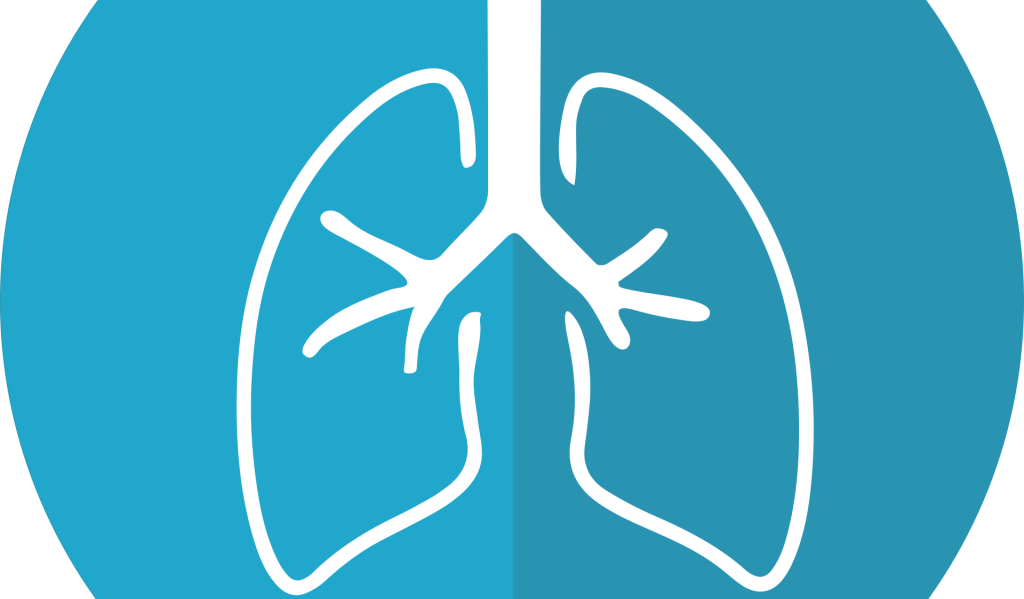A pulmonary parenchymal band is a common finding on chest x-rays and CT scans. It appears as a linear, band-like opacity, typically near the pleura in the outer part of the lung. In most cases, a parenchymal band is asymptomatic and not a cause for concern. However, there are rare cases where it may be accompanied by symptoms, indicating an underlying lung disease.
What causes a pulmonary parenchymal band?
A parenchymal band has many possible causes, most commonly being an old, healed lesion in the lung. Due to the presence of prior inflammatory lesions in the lung, fibrosis may occur during repair, with fibrous streaks and calcifications visible. Thus, a parenchymal band is a common imaging feature after the healing of the disease.
If there is a parenchymal band in the lung and there are no symptoms such as coughing or breathlessness, it is usually an old lesion, which may be a previous disease that has healed and left marks in the lung. It is a sign of recovery from the disease.
A parenchymal band can be caused by various inflammations that affect the lungs, such as tuberculosis, pneumonia, bronchitis, and asthma. These conditions can cause inflammation and scarring of the lung tissue.
Asbestosis, sarcoidosis, silicosis and pulmonary fibrosis can also cause parenchymal bands.
Other causes include lung trauma, surgery or radiotherapy to the chest, which can damage lung tissue and cause scarring. In addition, a parenchymal band can also be caused by congenital disorders, such as congenital lung dysplasia.
It should be noted that if a lung parenchymal band is found and accompanied by symptoms such as lung respiratory murmurs, cough, chest pain, etc., it may be associated with chronic inflammation or other lung disease. Further investigation is recommended in such cases, and pharmacological and symptomatic treatment should be carried out under medical supervision.
What is the treatment?
Treatment of a pulmonary parenchymal band depends on the underlying cause and symptoms. In most cases, no treatment is needed. If an underlying lung disease is present, treatment should be directed at that specific condition. This may involve the use of bronchodilators, anti-inflammatories, antibiotics, painkillers, or chest physiotherapy.
Conclusion
A pulmonary parenchymal band is a common feature of the lung found by imaging including chest x-ray and CT scans.
A parenchymal band is usually a sign of fibrosis and calcification of the lung tissue after the lesion has healed. It is a ‘scar-like’ repair, a ‘mark’ left after the lesion has healed. It is usually benign and has no symptoms. Therefore it does not require treatment.
Rarely, a parenchymal band is associated with symptoms like coughing, breathlessness, etc. It may also be associated with an underlying lung lesion or disease. Symptomatic treatment may be recommended.
